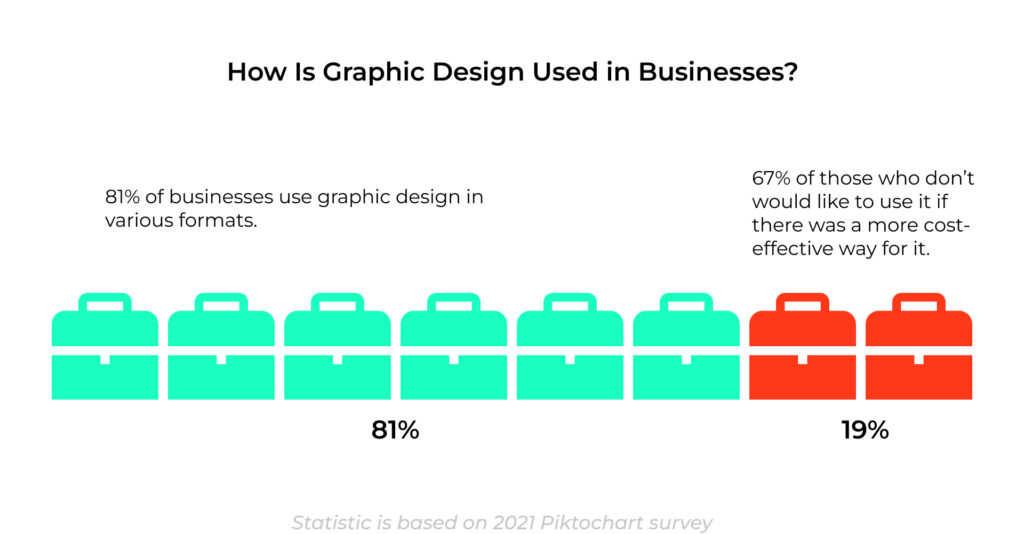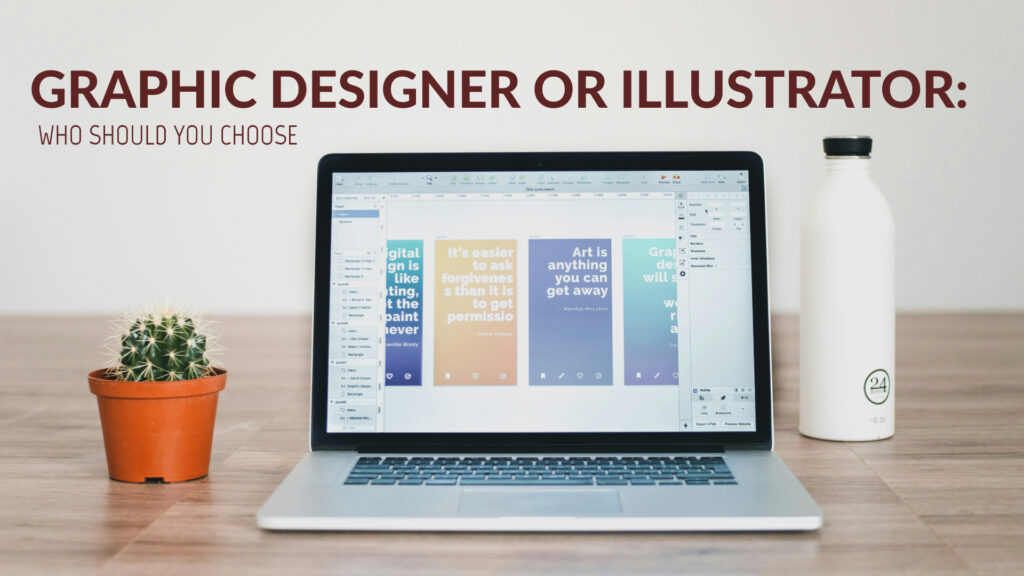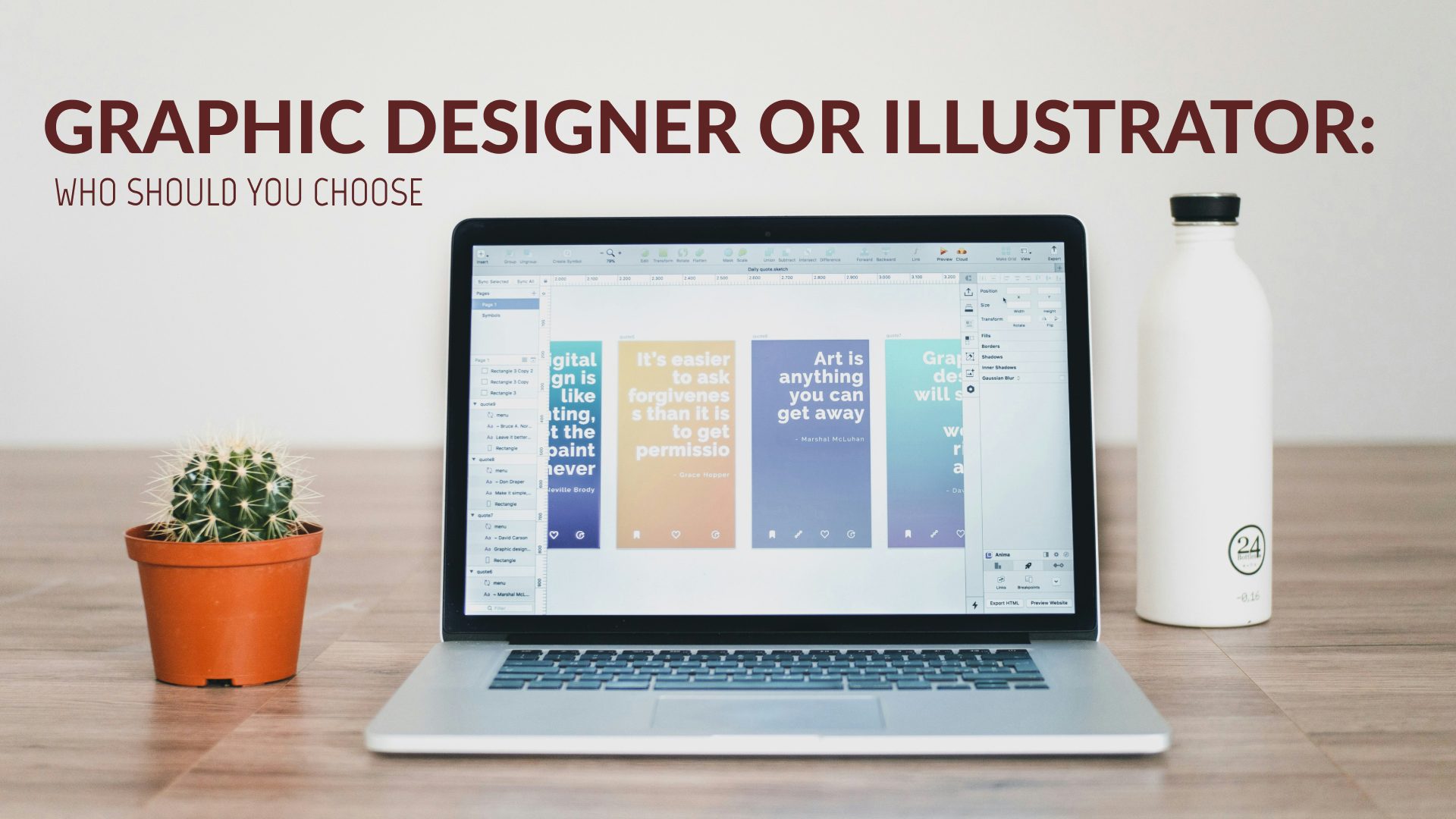Meet Jodie. A few years ago, she had a fantastic business idea on how to create heatable dinnerware. From then on, she has spent all this time developing this product, and now, proud of her new creation, she wants to sell it to people. However, no one knows it exists, and she is looking for someone to give her business a face.
Or, think about a high school student. Diane, let’s call her that, has previous experience in art school, and more than anything, she wants to pursue a steady artistic career. And she wants to live a comfortable life, not having to make ends meet all the time.
And then we have Jay. He is a freelancer who works mainly with text and copywriting. However, he is not really satisfied with his earnings or, to be honest, work. What he really wants in this life is to gain new skills and become a valuable asset to someone’s company with an appealing resume.
What do all these people have in common? The first thing that comes to mind is that they all need to get under the wing of the all-mighty graphic design industry to solve their corresponding problems. But do all of them need some design-related solution…or?
Table of contents:
What’s with the “or”?
So, there is no denying that the graphic design industry is currently in demand. According to the 2023 Piktochart survey, 81% of businesses use any form of graphic design. And 67% of the ones that don’t would like to do that if there were a more cost-effective way. Information on the number of businesses out there varies, but there are over 300 million businesses worldwide overall. And as you can see, the demand is immense.

However, the graphic design industry is not all about graphic designers. The design has multiple steps and branches that the same person cannot really do. Confusion and time or fund loss occur quickly.
Let me explain how. Sometimes, a business knows exactly what it wants. In this case, finding a suitable person for the job is easy. However, there are cases when the person is not as knowledgeable in the industry and has just an image of a final product. For example, think about Jodie, who we mentioned earlier. She is an inventor who is terrific with tools but knows nothing about the intricacies of graphic design. She can spend a lot of time finding the person because she will request an illustrator’s job from a designer.
Or Diane, who has probably heard about the graphic designer’s job from everyone in her surroundings, so she decides to apply. Both she and Jay may spend so much time on something they don’t need simply because they don’t know the job specifications. So, I’d say we should discuss those in more detail.
Graphic designer
Firstly, let’s think about what is a graphic designer’s job. What do graphic designers do? We always think about them as people who are responsible for all visual creation processes. While it is not entirely false, we should specify that a graphic designer’s job description does not mean that much toward “expressing your individuality”; instead, it is about “fitting the message of the brand”. A graphic designer is a person who takes a business and its struggles or goals and makes a product based on the said struggles and goals. Their work does not end with drawing a logo in Photoshop. Graphic designers should master various skills, including typography, visual hierarchy, copywriting, and even marketing basics. Graphic designer’s main goal is to, basically, sell you a product using their amazing not-really-art skills.

Illustrator
Whoa, you can say, hold your horses. Who on earth is an illustrator, and why is it important here? Thought this was an article about graphic design… And it still is, with a tiny twist. The funny thing is, when we think about illustrators, we usually think of those children’s books with cute pictures on them, cartoons, video games, and other stuff like that. It is true, and for some illustrators, it is their bread and butter; however, they do not limit themselves to that.
An illustrator is a person who creates unique visuals using their imagination, the client’s request, and most importantly, the never-the-same elements. All those nice illustrations that you see on the packaging, article covers, websites, etc., were once created by an illustrator from scratch.
So, an illustrator’s main job is to express their customers’ ideas using their unique style. Usually, they are given a message and a few general requirements, but an illustrator does not work for the final result to sell but rather to create.
Client approval can feel like a mess for everyone…

Get precise feedback with Approval Studio’s annotation feature
Start a Free TrialDifferences between the two
While the two may seem quite similar, there is actually one drastic difference between the two. This difference lies in the end goal of each job. You see, a graphic designer creates to communicate with the audience, customer, etc., while an illustrator works to depict a story, an idea, or a message. However, this is not the sole difference, and the two jobs don’t overlap in many aspects. So, what are other differences you need to consider when hiring or aspiring to be one of these things?
Commercial vs artistic
We’ve already touched on this topic a bit, but let’s dive deeper into it. So, a graphic designer usually has almost all the skills you need to sell something via visual representation. When working, they will consider the target audience, typography, unification of all the company’s products, existing collateral types, and more. And sometimes, this leaves little space for being artistic or expressing yourself, as you are supposed to show the company’s brand.

However, illustrators have more freedom in their work. Usually, they are contacted or hired to do the job precisely because of their uniqueness and style. The main illustrator’s job description includes conveying the idea they get in their own way, as this is the thing they are most valued for. Contrary to the designer, whose work has to fit into the brand’s identity like a puzzle piece. But an illustrator doesn’t need to think about all that jazz with target audiences, collaterals, or unification, as their job is usually to create a stepping stone for the business to be used by a graphic designer later as a part of branding materials.
Credited vs Uncredited
Let’s conduct a small experiment. Take the closest book to you and open it on one of the first pages. There, you will probably see the name of the person responsible for creating the cover or pictures inside the book. Now, take a bottle of milk, shampoo, or even any website. Can you find the designer’s name as easily, or can you find it at all? I can assure you that you cannot. Why, though? It is still a work that needs to be credited, isn’t it?

Well, for reasons mentioned earlier, the graphic designer’s work is usually not credited. In the same way that you do not credit a marketing manager in a campaign. The work done by a designer is a company’s property. I mean, can you think of a designer that created any of the most well-known logos? Probably not because their main job as a designer is to represent the company, rather than their own creative flair. However, an illustrator will be credited in any piece of media their creations are a part of. Why? Because, no matter what project they are a part of, their works are still distinctively theirs.
Broad range vs limited range
When you are a graphic designer, you can do almost anything. As we have mentioned, a graphic designer has mastered many fields. Logically, to do all the tasks they are required to do, they work with a variety of tools. And tools graphic designers use include everything from creating images to generating various texts that fit the topic. The designer’s task is to maneuver through this software and combine all the elements to build captivating visual stories.

In contrast, being an illustrator is about artistic expression pouring creativity into drawing, painting, and sketching. Their kit usually includes less software than a designer’s, and they focus more on tools that let them draw from scratch, rather than design. While it is enough for an illustrator to use Photoshop or Illustrator, for a graphic designer this kit can be increased twice, including InDesign, Figma, AfterEffects, Canva, etc. And yes, an illustrator can also easily use all those tools, however, for them, it is not a necessity as they have fewer elements to work with.
Can we swap?
Usually, an employer wants a two-in-one package where a person can do both. However, is that possible? Well, I think that it is if the person has been spending enough time and dedicating enough effort to multiple areas of knowledge and skills important for both spheres. Yet, if they have predominantly one of them as a preference, the other side is likely not to be of the same level. Having enough composition, typography, and art skills, an illustrator can work as a graphic designer in quite a successful way. However, they will fail when coming up with ideas based on the existing market, as illustrators are executioners.

A graphic designer will understand the illustrator’s task almost perfectly and improve the idea to make it more appealing to the target audience. However, they may be a little stumped when faced with creating an illustration from scratch. You see, a graphic designer’s job does not require a formal art education, as they spend little time on that. So, even after finishing art school, creating something without proper practice for years can still be challenging.
Due to some similarities in their jobs, graphic designers and illustrators can sometimes overlap when it comes to some aspects of their jobs. And by some aspects, I explicitly mean the basic composition and art skills. However, each job has its own little nuances that can make it complicated for the person not trained for it.
Who to hire?
Having discussed all the differences between the jobs, I think it is necessary to delve into the specific cases we discussed at the beginning of our article. When do you choose a designer, and when do you need an illustrator?
Small business owners
In the beginning, we talked about Jodie, the creator of the heated dinnerware business, who knows very little about branding and design. All she wants to do is create basic imagery for her company that will tell her story and represent it in the best way possible. Naturally, the first thing she thinks about is that a graphic designer is the best person for the job. Is that so, though?
While a graphic designer may help her create ads and deal with packaging, social media, or web pages, an illustrator should be the man for the job she needs at this point. An illustrator’s job is tailored to create the image from the idea, and this is exactly what a small business owner needs at first. And then, a graphic designer can finish their job by unifying all the elements into a cohesive brand identity.
Of course, Jodie can hire a person who is good at both (given the oversaturation in the graphic design industry, candidates often go above and beyond to secure a position), but sometimes it is better to have the job divided into parts to ensure the highest quality.

Major
When you are choosing a major, there are so many things to take into consideration. What you want, like, need, can afford, will be paid for, etc. For Diane, it is for sure too big of a burden. So, is graphic design a good career choice for her? We know that Diane is an artist with previous art school experience. We also know that, more than anything, she wants an artistic career that pays well.
It might seem like a difficult choice; however, as an artist, it would be better for her to pursue an illustrator’s career. Why? She can focus on drawing and have an excellent salary because the average illustrator’s salary is almost the same as the average graphic designer’s. However, if she had no previous art school experience but wanted to do something artistic, a graphic design major would be right up her alley.

New Skills
And what about Jay? He is already working as a freelance copywriter, and he wants to make his resume more appealing and interesting to get to a higher income level. Well, he can go both ways. However, it would be much more sensible for him to pursue a graphic designer career, as he has no experience in art school or courses, and he already knows a thing or two about marketing and copywriting. So, getting into graphic design should be a piece of cake.
Final thoughts
Whatever you decide to do with your skills, major, or small business, there is one thing that you need to remember. Any skill should not be taken for granted. If you are a graphic designer with illustration skills, you are an amazing asset to any team. However, you cannot replace an illustrator, and vice versa. Each job needs constant practice, learning, and improvement. Without that, you will not be as successful. So, whatever choice you make, remember what you need to do and what those people can do, and later, Approval Studio will help you proof their work.

 TEAM SOLUTIONS
TEAM SOLUTIONS WORKFLOW SOLUTIONS
WORKFLOW SOLUTIONS



 REVIEW TOOL
REVIEW TOOL PROJECT MANAGEMENT
PROJECT MANAGEMENT TOOLS & INTEGRATIONS
TOOLS & INTEGRATIONS
 CLIENT INTERVIEWS
CLIENT INTERVIEWS











